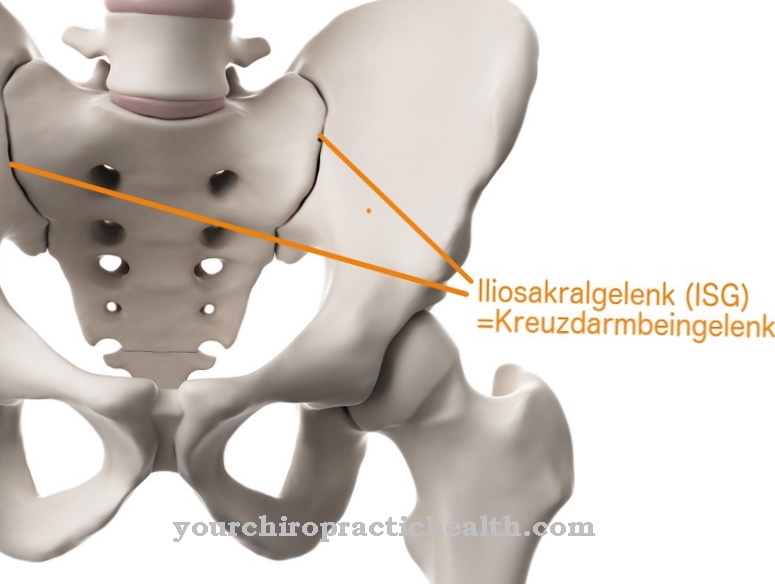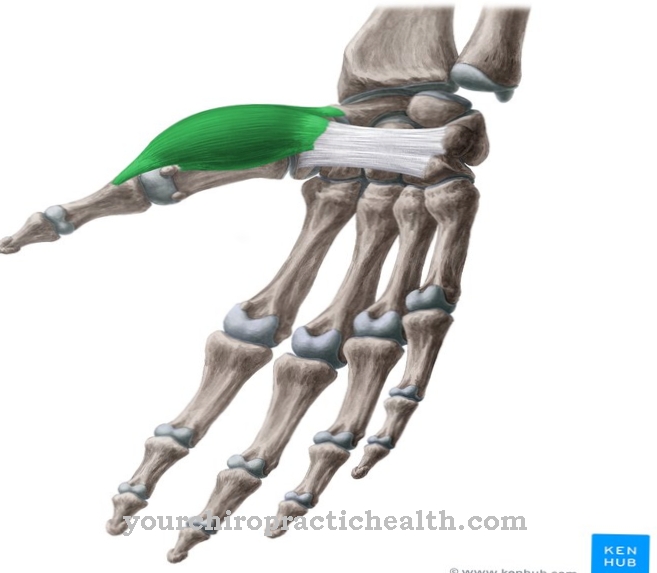Teeth have an important role to play. They have to chop up and chew the food we eat every day. In order to be able to do justice to this task, they must be firmly anchored in the jaw.
What is the tooth support system?
The term Teeth-supporting apparatus, also Tooth bed or Periodontium called, is the generic term for various supporting tissues that envelop the tooth and ensure that it is anchored in the jaw. It consists of four different structures:
- Tooth sockets (alveoli that form the bony tooth socket in the jaw in which the tooth is firmly anchored
- Gums (gingiva) that surrounds the lower part of the tooth up to the crown of the tooth
- Periodontal membrane (periodontal tissue), which fixes the tooth in the alveolar bone and provides more elastic cushioning for the chewing movements
- Dental cement that encloses the root up to the tooth crown
These different structures in the tooth support system ensure that the teeth are firmly anchored in the bone and can withstand the regular chewing pressure. In addition, the holding apparatus shields the oral cavity environment from the tooth roots.
Anatomy & structure
At the root of the jaw, each tooth is surrounded by dental cement and a periodontal membrane that is connected to the tooth sockets (alveoli). The periodontal membrane consists of collagen fibers, so-called Sharpey fibers, which give in a little so that the chewing pressure is elastically absorbed, connective tissue, blood vessels and nerves. The periodontal membrane is supplied with nutrients via the blood vessels and the nerves regulate the chewing pressure.
On the outside of the tooth root, the tooth is surrounded by dental cement, which is connected on the inside with the periodontal membrane and on the outside with the alveoli in the jaw. The tooth cement extends to the neck of the tooth, where the tooth enamel begins. The periodontal membrane and the sensitive tooth necks are covered by the gums, which are the only visible part of the tooth support system. It surrounds the teeth like a coat, but it is sensitive and can become infected and cause gum and periodontal diseases.
Function & tasks
All teeth are usually so strong that they can withstand the regular chewing pressure. Their weak point is acid attacks from bacteria that can damage teeth and gums and thus also the tooth supporting structure. Every single tooth helps keep chewing in balance. If teeth are missing, the neighboring teeth move into the gaps, trigger a chain reaction and the physiology of the bite is changed in such a way that the teeth can no longer bite each other properly.
This can damage the tooth support system and overload the jaw joints and the masticatory muscles. Thanks to its finely tuned structure, the tooth-supporting apparatus ensures that the teeth are stable, but easily movable, anchored in the jaw and at the same time can react somewhat flexibly to chewing movements. In orthodontics, these conditions are used for therapy and teeth are deliberately shifted using brackets.
This easy mobility is no longer given with implants, they are rigidly anchored. The gums seal the sensitive root area from the oral cavity and thus protect it from contamination. It is usually very close to the tooth. If the tooth support system, the bed of the tooth, is no longer functional, it recedes with fatal consequences for the teeth. That is why dentists attach great importance to recognizing and treating periodontal diseases in good time through regular preventive measures.
You can find your medication here
➔ Medication for toothacheDiseases
Bacteria in the oral cavity can cause periodontal diseases if the gums are not intact, because e.g. B. when it is injured when brushing your teeth or because bacteria settle through which gum pockets form. Soft deposits (plaque) on which bacteria can settle accumulate on the teeth through eating and drinking. If they are not sufficiently removed during dental care, these deposits become harder and tartar builds up on the gum line and irritates the gums.
Bacteria can easily penetrate the gums through plaque and form inflammations that lead to gingival pocket formation. As a result, the sensitive root area is no longer adequately protected, the germs can penetrate into the tooth-holding apparatus and seriously damage it up to the point where teeth fall out. First, the bacteria trigger chronic inflammation of the gums (gingivits), which can be recognized by reddening and slight swelling of the gums. The gums may bleed and an unpleasant bad breath may appear. Because the inflamed gums are no longer as close to the tooth, the pockets become larger, the inflammation progresses and becomes periodontitis.
If the inflammation penetrates to the jawbone, bone loss occurs in the jawbone and the tooth loses its hold. Due to the bone loss, the tooth changes its position and loses its stability when chewing. As the bone recedes, the gums begin to shrink, which initially makes the teeth appear longer. How severe the inflammation is and how quickly the bone degrades depends largely on the type of bacteria and the immune system.
In the worst case, tooth bed diseases can spread inflammation in the body and damage the heart. It is therefore important to recognize periodontal diseases as early as possible and to prevent loosening of the teeth in good time. If the periodontitis has damaged the teeth supporting structure and the jawbone recedes, the disease is irreversible and the loss of teeth can no longer be stopped.













.jpg)

.jpg)
.jpg)











.jpg)